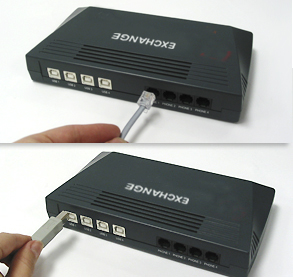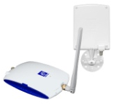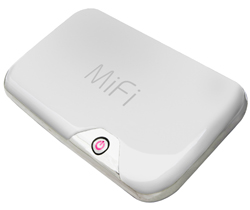|
SKYPE:
per chiamare gratis via Internet Prova Skype
e non userai più la telefonia tradizionale! ANCHE
PER CENTRALINI - PBX
Porte FXS e FXO
Analog telephony, also known as Plain Old Telephone
Service (POTS), is the service the local phone company typically
delivers to your home. Local phone companies deliver POTS from
their Central Office (CO) to the subscriber’s premises over
a circuit consisting of two copper wires. To increase the distance
over which the signal can be transmitted the two wires are twisted
together,
which also reduces electromagnetic interference. So these two-wire
copper cables are commonly known as “twisted pairs.”
Definitions
FXS - Foreign eXchange Subscriber interface (the plug on the wall)
delivers POTS service from the local phone company’s Central
Office (CO) and must be connected to subscriber equipment (telephones,
modems, and fax machines). In other words an FXS interface points
to the subscriber. An FXS interface provides the following primary
services to a subscriber device:
l Dial Tone
l Battery Current
l Ring Voltage
You may also see the FXS acronym rendered as Foreign eXchange
System.

FXO - Foreign eXchange Office interface (the
plug on the phone) receives POTS service, typically from a Central
Office of the Public Switched Telephone Network (PSTN). In other
words an FXO interface points to the Telco office. An FXO interface
provides the following primary service to the Telco network device:
l on-hook/off-hook indication (loop closure)
How it Works
Because of the characteristics described above, a telecommunications
line from an FXO port must connect to an FXS port in order for
the connection to work. Similarly, a line from an FXS port must
connect to an FXO port in order for the connection to work. When
the FXO port on your analog telephone is connected to the FXS
port in the wall, you receive (FXS) service from the telephone
company – and you hear a dial tone when you pick up the phone.
Common Usage
Within the telephony industry, a device is often referred to by
the type of interface it provides (“your phone is an FXO
device”), or even spoken of as being the interface (“your
wall plug is FXS”). Now, continuing our discussion in common
usage . . .
What Doesn’t Work
If you connect an FXS device to another FXS device, the connection
will not work. Likewise, if you connect an FXO device to another
FXO it will not work. So, for example, you can NOT plug a standard
analog telephone (FXO) directly into a standard analog telephone
(FXO) and talk phone-to-phone.
Networking
The FXS/FXO scenario becomes a bit more “interesting”
when we introduce additional network
elements, such as a Private Branch Exchange (PBX) or a Voice-over-IP
gateway or router. For
example, you can connect the FXO interface on a phone to the FXS
port supplied by a PBX,
multiplexer, or Voice-over-IP gateway or router.
PBX Connections
A PBX provides both FXS and FXO interfaces.

FXS - When you connect a PBX to analog phones,
you plug phone cables into FXS ports on the PBX. The FXS ports
on the PBX provide POTS service, including battery current, ring
voltage, and dial tone to the phones.
FXO - When you connect a PBX to the Telco Central Office, you
plug the (FXS) lines from the phone company into FXO ports on
the PBX. The FXO ports on the PBX provide on-hook/ off-hook indication
(loop closure) to the local Telco network.
|






